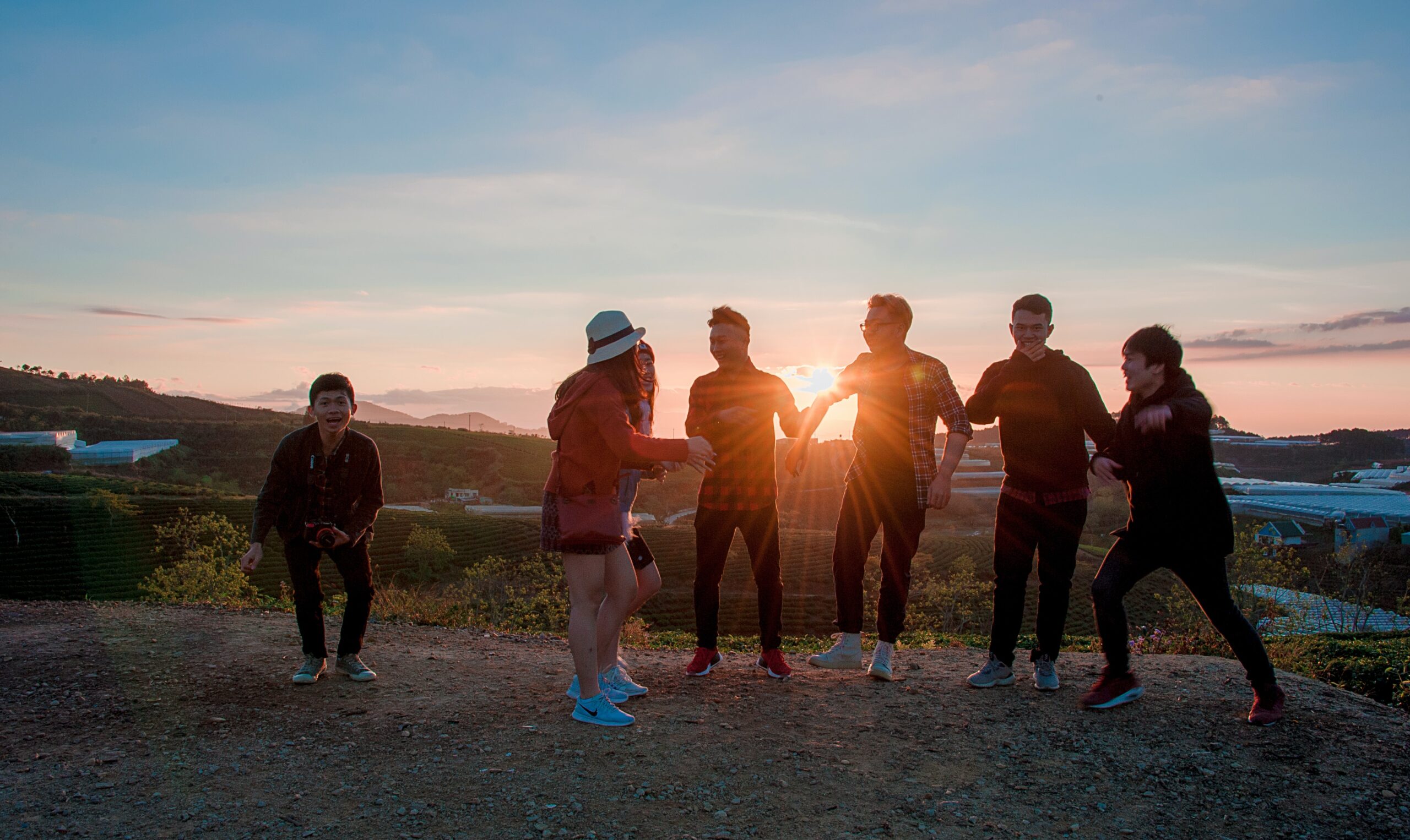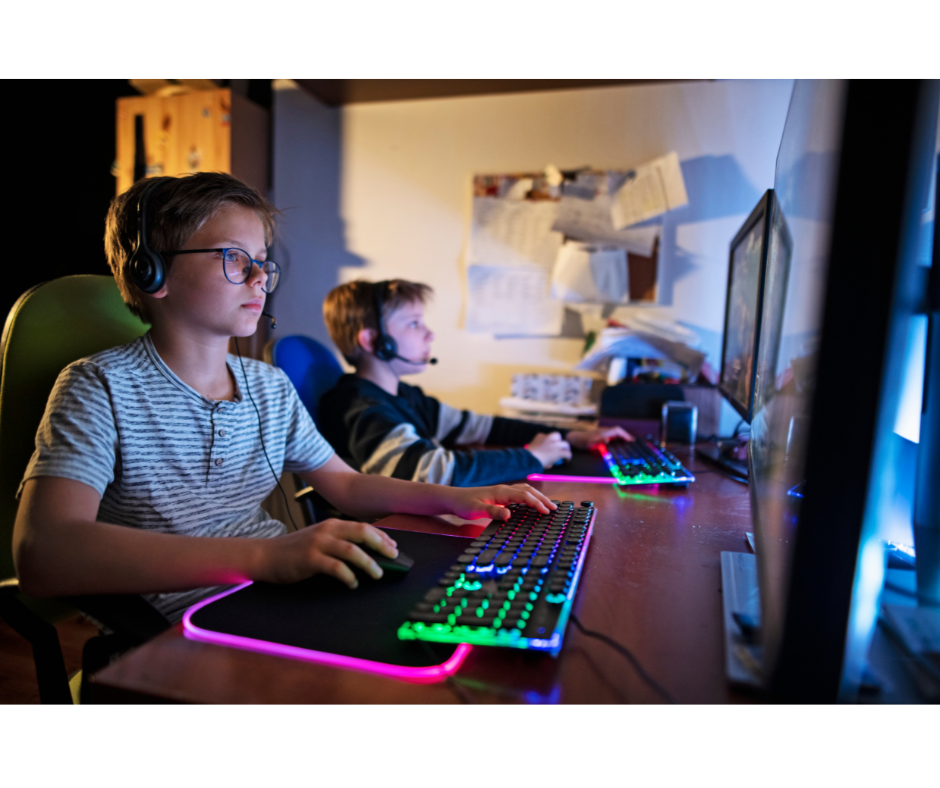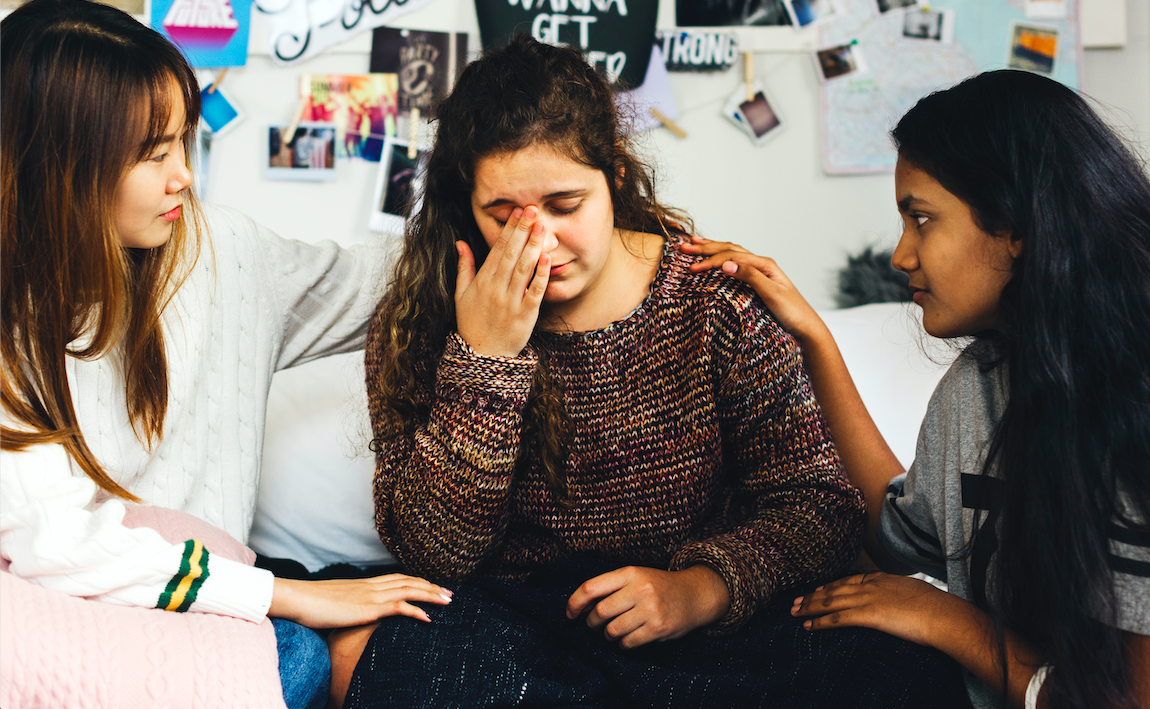
Four Secrets to Virtually Approach Social and Emotional Learning
By: Tim Elmore
Have you ever heard of BeauTubers? This is a term describing beauty-YouTubers. A beauty YouTuber, commonly referred to as a beauty vlogger, beauty guru, beauty influencer, or Beautuber, is a person who creates and posts videos to YouTube about cosmetics, fashion, hair-styling, nail art, and other beauty-related topics. As of 2016, there were more than 5.3 million beauty videos on YouTube, and 86% of the top 200 beauty videos were made by beauty vloggers–as opposed to beauty brands.
It’s a sign of the times.
As our culture has evolved into an online, social media-rich, image-driven, and even sedentary context, kids feel the nudge to focus on the cosmetic aspects of life. How do I look? How does that photo appear to viewers? Do I need to use more filters to doctor it up? How many likes did it get?
Today’s student now lives in a different world than the one you and I grew up in.
- More young people are exchanging real experiences for virtual ones.
- More young people are focusing on image over substance.
- More young people are sedentary instead of active.
NPR’s podcast called The Hidden Brain posted an episode titled “Close Enough.” It focused on the growing number of young adults who, instead of experiencing adventures like rock climbing or mountain biking, or skydiving, became satisfied with watching a video of someone else who actually did them. The virtual experience became a substitute for a real one. One young lady was interviewed and said she often was too tired to do her evening routine (washing her face, taking off her makeup, brushing her teeth, etc.). Instead, she just watched a video of someone else doing it.
It was…”close enough.”

Our Challenge Today: Virtual Reality
As our world has morphed, we’ve created so many artificial paths to our goals. Young people can now live in a virtual world much of the time.
- They enjoy virtual reality through goggles and screens.
- They explore virtual relationships via social media.
- They display virtual progress by winning video games.
- They experience virtual thrills on a roller coaster.
- They make virtual connections on the Internet.
- They produce virtual results on quizzes and exams.
I can only imagine what it would be like to be a secondary school student today. I might fall into the same trap. So much emphasis is placed on appearing to be a certain way rather than actually being that way. Practicing integrity is becoming less important than appearing to have integrity. And when we want to feel like our lives are adventures, it’s much easier to merely watch others having those adventures. We can vicariously enjoy the experience without the hassle.
What This Means for Us
As we teach students, it is easy to drift into a similar pattern. Getting “close enough” to learning without actually learning a subject happens far too often in our classrooms.
- We can become satisfied with discussing the subject instead of applying it in our lives.
- Students can become content with merely making a grade instead of actually learning a concept.
This can be especially true when teaching remotely. As we attempt to develop social and emotional learning competencies in students, just getting through the lesson plan can feel like a moral victory. Forget practicing the competency; we’re happy to deliver the information and be done with it. After all, how can we guarantee that students will implement the concept when we’re not even with them in person?
This is where our focus must be: the application of the big idea.
Practicing Social and Emotional Learning
During this pandemic, social and emotional learning has become critical for students. SEL is all about regulating emotions, developing grit, listening, empathy, managing anxiety, communicating effectively–all the soft skills we know these students will need in life. I believe SEL is no longer a marginal issue for schools. It needs to be front and center.
At the same time, it does little good if SEL is only a subject they take notes on and memorize. We must move them from discussion to application, especially in a remote learning environment. Sadly, we have discovered a learning challenge since March.
There appears to be an inverse relationship between screens and SEL.
So, let me suggest a methodology for teaching these skills remotely. I use this method all of the time; and, when I do it well, it works every time. I call it rolling the DICE:
D – Dilemma
I start with a problem, not a curriculum. I introduce a real-life challenge to be resolved.
I – Image
I proceed by sharing a metaphor or story or image that sparks reflection on a solution.
C – Conversation
I allow the picture to be worth a thousand words. I prompt discussion and discovery.
E – Experience
Ultimately, every step leads to an application of the concept. It’s all about practice.
Let me suggest a case study: “Hosts and Guests”
One dilemma we all face today is practicing healthy relationships. We’re often living in isolation and socially distant from friends and loved ones. We’re victims of a pandemic.
An image I introduce is “Hosts and Guests.” I’ve noticed that almost every conversation has a host who initiates the interaction and a guest who responds. It’s a social norm.
The conversation that follows? Name a time when you felt out of place or poorly hosted. Do you tend to wait for others to initiate? How could you better host people?
The experience that ensues? The next time a family member has people over, volunteer to host the gathering. Practice the traits of a good host: initiate, connect, provide, and direct. Afterward, debrief. Was it hard? Did others find it difficult to see you take initiative?
This image is actually taken from our Habitudes for Social and Emotional Learning. It is an image-based game plan to help you teach SEL remotely and effectively. CLICK HERE to learn more about it.






